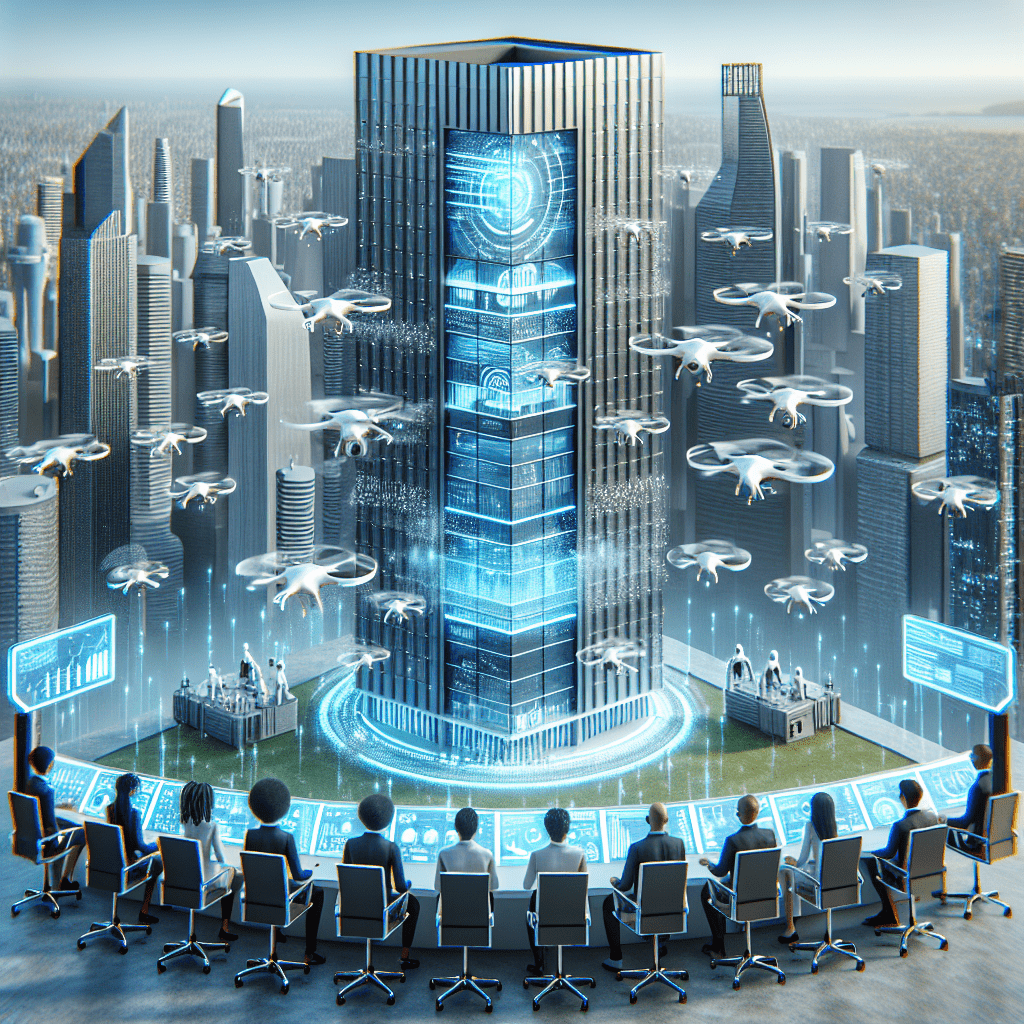Welcome aboard a fascinating exploration of how automation has become an indispensable tool for efficient skyscraper management. From tracking energy usage to managing security systems, we will delve into how these innovations have transformed the landscape of building administration.
The Need for Automation
As skyscrapers grow in height and complexity, managing each aspect manually becomes not only inconvenient but nearly impossible. This challenge necessitates the need for automated solutions. These technologies help streamline operations, reduce workload and lead to more efficient management.
Optimizing Energy Usage
Energy consumption is one of the major costs of operating a skyscraper. Automation helps in effective monitoring and controlling of energy usage, which in turn reduces overheads and promotes sustainability.
Elevator Management
Given their importance in skyscrapers, elevators require a level of attention proportional to their use. Automation helps anticipate maintenance needs, reduces downtime, and improves the overall usability for tenants.
Security Advancements
In today’s world, with threats looming at every corner, security has become paramount. Automated access control systems and surveillance are increasingly being incorporated into skyscraper security strategies. They offer improved monitoring capabilities and better control over who can access certain areas within the structure.
Internet of Things (IoT)
The IoT revolution has greatly impacted the way we manage skyscrapers. By creating a network of smart devices that communicate with each other, building managers can oversee crucial systems from a centralized platform with real-time data and alerts.
Environmental Monitoring
Automation is facilitating outdoor environmental monitoring as well as indoor air quality observations. These systems provide invaluable data on air pollution levels outside the building and monitor CO2 levels, temperature, and humidity inside the building, ensuring a healthy environment for inhabitants.
Space Utilization
An often-overlooked aspect of skyscraper management is space utilization. Automated solutions allow managers to review how and when facilities are being used, facilitating optimal space allocation and reducing waste.
Fire Detection
Fire safety is a critical concern in tall structures. Automated detection systems help identify potential fire hazards swiftly, preventing damage and saving lives.
Maintenance Tasks
Automated workflows can offer great relief to maintenance staff by scheduling tasks according to priority and keeping track of routine maintenance requirements, thereby ensuring the efficiency and longevity of complex systems within the building.
Noise Control
Noise can be a significant disruption within skyscrapers. Employing automated noise control mechanisms allows for a peaceful working or living space, enhancing overall productivity and well-being.
Tenant Comfort
Automation enhances tenant comfort through intelligent HVAC systems that adapt to individual preferences. Additionally, automated lighting reduces energy consumption while providing optimal lighting conditions.
Disaster Management
In the unfortunate scenario of a disaster, such as fires or earthquakes, automatic emergency response systems can minimize damage. They facilitate immediate evacuation signals and timely interventions from emergency services.
The Future of Automation
The role of automation in skyscraper management is set to grow, especially as buildings become smarter. With developments in artificial intelligence and machine learning, expect further advancements in predictive maintenance, security enhancements, energy optimization among others .
Automation: A Game-changer
In conclusion, automation has undoubtedly revolutionized skyscraper management. It has brought about enhanced safety measures, efficient energy utilization, and improved tenant comfort. While there are challenges to its implementation, the manifold benefits it offers cannot be ignored. As buildings continue to grow more complex and digitized, automation will be at the forefront of developing efficient and sustainable urban habitats. City skylines will not just be signs of architectural wonder, but also technological advancements.


